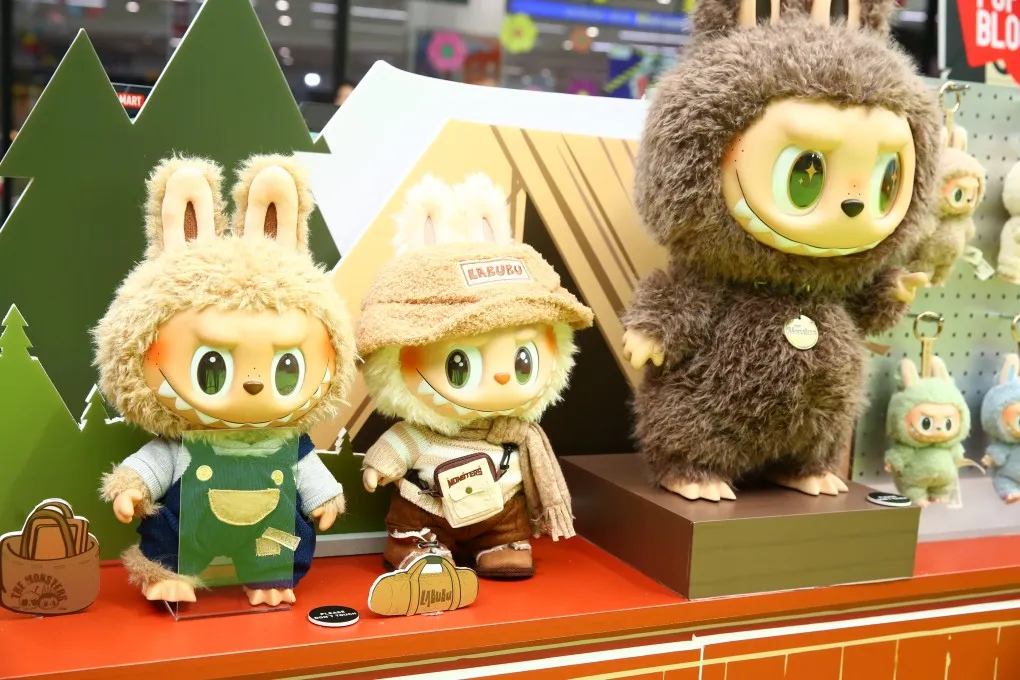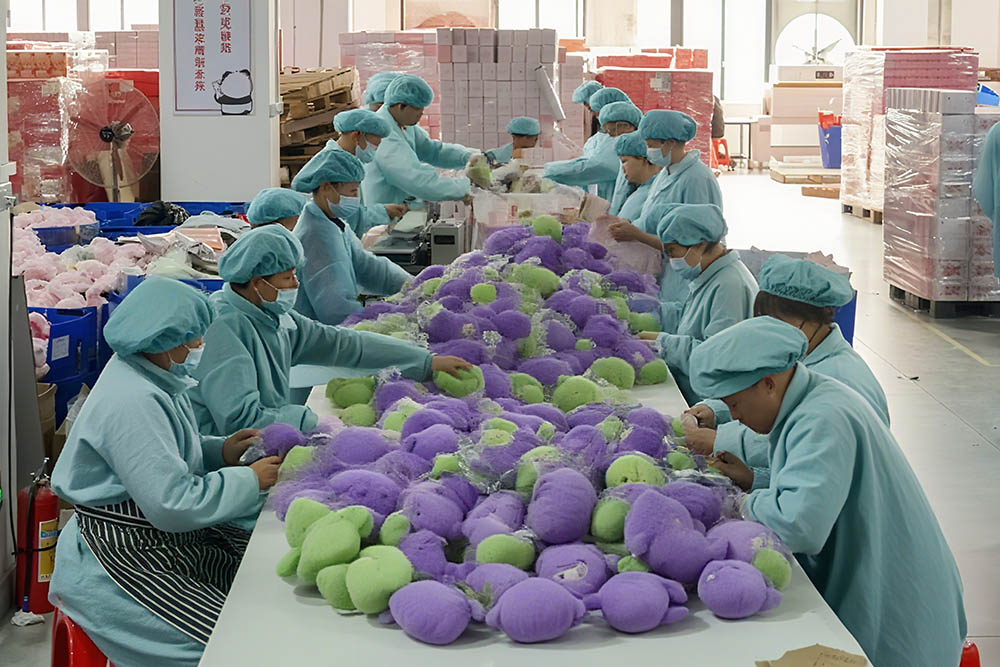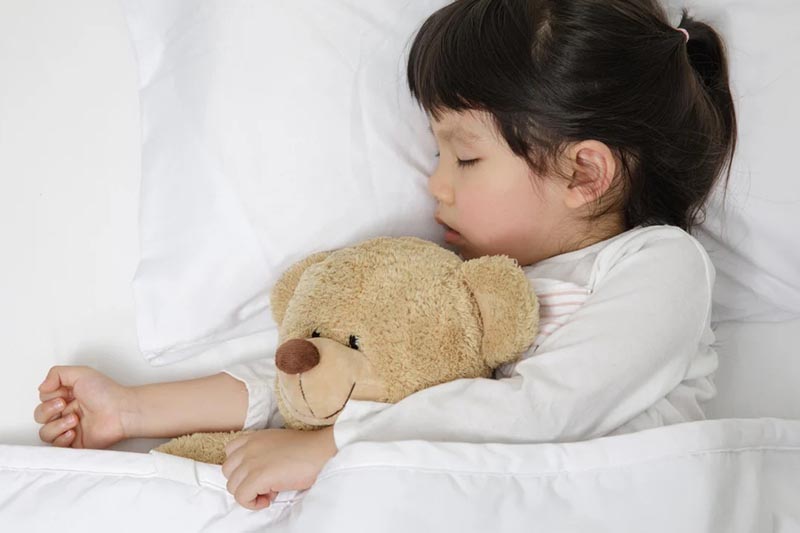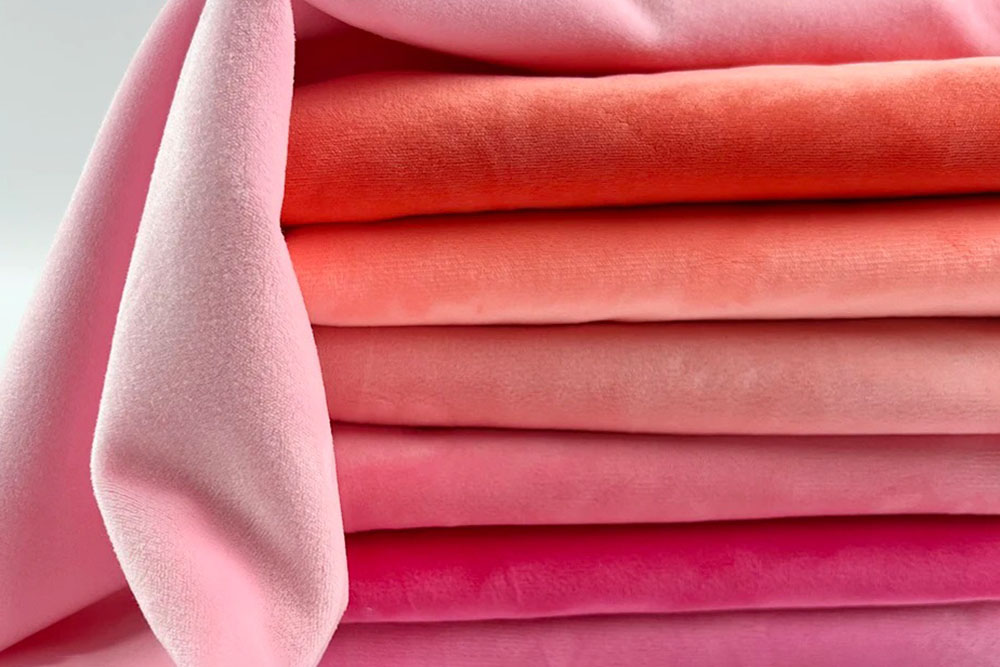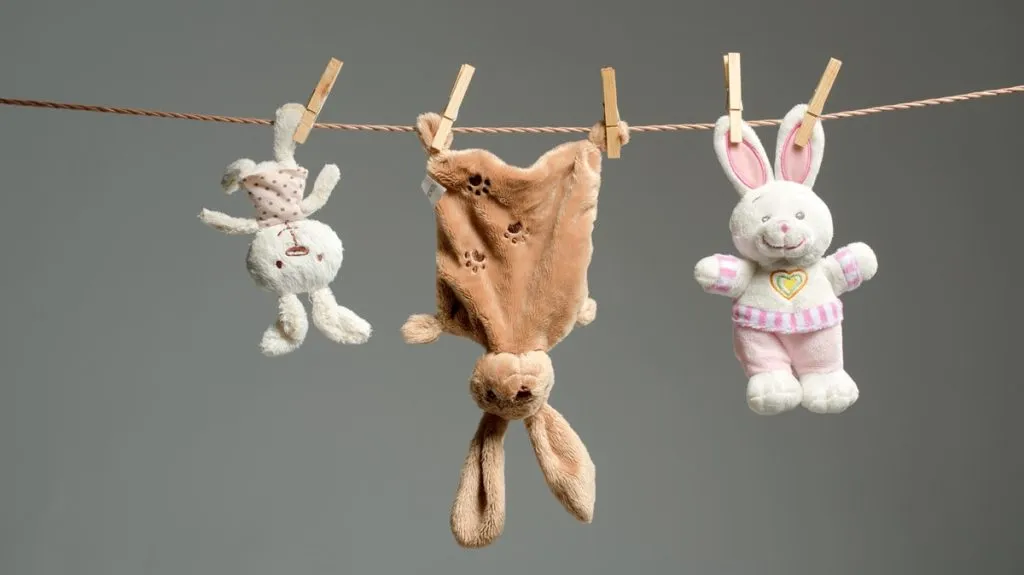Plush toys are more than playthings; they are comfort items, collectibles, and brand assets. Keeping them clean ensures safety, durability, and lasting softness. Choosing the right washing method depends on materials, structure, and usage. Let’s explore the most reliable ways to wash plush toys without risking damage.
1. What Factors Determine the Best Washing Method for Plush Toys?

The best cleaning method depends on fabric type, filling, stitching quality, and whether the toy has electronic parts or decorations. Professional buyers, retailers, and parents must identify these factors before deciding between hand wash, machine wash, or surface cleaning.
The key factors that determine washing methods include materials (cotton, polyester, blends), stuffing type, size, and special features like embroidery or electronics. Matching method to material ensures safety and longevity.
Plush toys differ widely in structure and durability. A toy designed for toddlers may be more durable for washing than a collector’s plush. Evaluating these points helps avoid shrinking, clumping, or color fading.
| Factor | Impact on Washing Choice | Example |
| Fabric Type | Determines water temperature & method | Cotton: gentle wash; Velvet: hand wash only |
| Filling Material | Impacts drying time & shape retention | Polyester dries faster than cotton |
| Electronics/Details | Requires surface cleaning only | Musical plush toys, LED toys |
| Stitching Strength | Affects durability in machine washing | Reinforced seams can withstand spins |
In short, checking material tags and doing a quick inspection before washing prevents most risks. By understanding these factors, brands, retailers, and parents can extend the lifespan of plush toys while maintaining hygiene.
2. How to Safely Hand Wash Plush Toys Without Damaging Materials?

Hand washing is the safest method for almost any plush toy, especially delicate ones. It protects materials, stitching, and fillings from stress that machines may cause. While more time-consuming, hand washing preserves softness and extends the toy’s usable life.
To safely hand wash plush toys, use lukewarm water (30–40°C), mild detergent, and gentle squeezing. Avoid strong chemicals, bleach, or wringing, as they damage fibers, stuffing, and embroidery.
Step-by-Step Hand Wash Process
Preparation
Inspect seams and accessories. Repair any loose stitching before washing.
Remove clothing, ribbons, or detachable parts.
Dust off surface dirt with a soft brush.
Soaking
Fill a basin with lukewarm water. Add 1–2 teaspoons of baby shampoo or mild detergent.
Submerge toy fully, gently pressing to release trapped air.
Soak for 5–10 minutes to loosen dirt.
Cleaning
Focus on stained spots by rubbing gently with fingers or a soft cloth.
For tough stains, dip a toothbrush in diluted soap and scrub lightly.
Avoid rubbing too hard on embroidered or delicate areas.
Rinsing
Drain soapy water and refill basin with clean lukewarm water.
Submerge and press toy gently until detergent is gone.
Repeat rinsing 2–3 times until water runs clear.
Moisture Removal
Press toy between towels to absorb excess water.
Do not twist or wring — it may deform the stuffing.
| Step | Action Taken | Best Practice Tip |
| Preparation | Remove dust with soft brush | Check for loose seams first |
| Soaking | Use lukewarm water with mild soap | Keep soak under 10 minutes |
| Cleaning | Gently squeeze instead of rubbing | Focus on stained spots |
| Rinsing | Use clean water until soap is gone | Avoid fabric softeners |
| Drying | Press with towel to absorb water | Air-dry under shade |
Hand washing is highly recommended for premium plush toys sold in gift shops or used as promotional items, where long-term appearance matters.
3. What Are the Recommended Steps for Machine Washing Plush Toys?

Machine washing is convenient for bulk cleaning, especially for retailers, schools, or gift shops handling large stock. However, only sturdy toys without electronics, sequins, or glued accessories should go into a washing machine.
The recommended method is to place plush toys in a laundry mesh bag, select a gentle cycle with cold water, and use mild detergent. Avoid bleach, high heat, or fast spins.
Step-by-Step Machine Wash Process
Pre-Wash Inspection
Check toy labels for washing instructions.
Remove batteries or electronic parts.
Inspect seams to ensure they won’t tear.
Protection Before Wash
Place toys in mesh laundry bags to minimize friction.
Add towels or soft clothing as padding to balance the load.
Washing Settings
Select “delicate” or “gentle” cycle.
Use cold water (max 30°C) and mild detergent.
Avoid fabric softener, which may coat fibers.
Spin Cycle
Choose low spin speed (400–600 rpm).
High speed can stretch seams and deform stuffing.
Post-Wash Care
Remove toys immediately after cycle.
Gently reshape by pressing stuffing back into place.
| Step | Action Taken | Best Practice Tip |
| Pre-Wash Check | Inspect for electronics/decorations | Remove batteries or accessories |
| Protection | Place toy in mesh laundry bag | Add towels for cushioning |
| Washing | Use gentle cycle, cold water, mild soap | Avoid bleach or hot water |
| Spin Cycle | Low speed to prevent seam stress | Max 600 rpm |
| Post-Wash Care | Remove and reshape immediately | Do not leave in drum |
This method is time-efficient, especially when cleaning multiple toys for resale. Still, for high-value toys, a trial wash on one sample is advised before bulk cleaning.
4. How Do You Clean Plush Toys with Electronic or Delicate Components?

Plush toys with sound modules, LED lights, or decorative beads require special care. Submerging them risks permanent damage. Instead, surface cleaning is the safe option.
To clean electronic plush toys, use a damp cloth with mild soap for wiping. For disinfection, apply sanitizing wipes or UV sterilization without exposing electronics to moisture.
Step-by-Step Surface Cleaning
Dust Removal – Use a lint roller or vacuum with a soft brush.
Spot Cleaning – Dampen cloth with soap solution; wipe stained areas gently.
Electronics Check – Ensure sound chips or battery covers remain sealed.
Drying – Pat dry with cloth and let air-dry naturally
| Component Type | Cleaning Method | Caution |
| Sound Module Plush | Wipe with damp cloth | Avoid soaking |
| LED Plush Toys | Surface cleaning with sanitizer wipes | Do not expose to water |
| Beads/Sequins Toys | Spot cleaning only | Prevent snagging during scrubbing |
| Battery Compartments | Clean exterior only | Remove batteries if possible |
This keeps plush toys hygienic while ensuring they remain functional and attractive for consumers.
5. What Drying Methods Preserve Shape and Softness After Washing?

Drying incorrectly can cause clumping, odor, or stiffness. Proper drying is essential to restore plush texture and shape.
The best drying method is air drying in a shaded area with occasional fluffing. Avoid direct sunlight or heated dryers, which can fade colors and harden fibers.
Recommended Drying Process
Towel Drying – Roll toy inside a clean towel to absorb water.
Shaping – Press and adjust stuffing to restore shape.
Air Drying – Place on flat surface or hang in shaded area.
Fluffing – Gently brush or shake toy during drying to restore softness.
| Drying Method | Pros | Cons |
| Air Dry (Shade) | Maintains softness & shape | Takes longer time |
| Towel Pressing | Removes excess moisture | Must repeat several times |
| Dryer (No Heat) | Faster drying with fluff option | Risk of heat if mis-set |
| Sunlight Exposure | Natural disinfecting | May fade colors |
Fluffing every few hours is an easy trick to keep plush toys looking new. For retailers, this step enhances presentation on shelves.
6. How to Disinfect and Maintain Plush Toys for Long-Term Hygiene?

Hygiene goes beyond visible cleaning. Plush toys can trap dust mites, allergens, and bacteria, making disinfection important.
To disinfect plush toys, use child-safe sprays, UV sterilizers, or low-heat steam. Regular dusting and storing in dry conditions also prevent bacteria buildup.
Disinfection Methods
Spray – Lightly mist with antibacterial spray safe for fabrics.
UV Sterilization – Use portable UV box for fast sanitation.
Steam – Apply low-heat steam for deep disinfection.
Storage – Keep in sealed, dry containers to avoid mold.
| Method | Application | Best Use Case |
| Sanitizing Spray | Quick mist over plush surface | Home or retail store use |
| UV Sterilization | Non-contact sterilization | Hospitals, nurseries |
| Steam Treatment | Penetrates deeper into stuffing | Bulk stock disinfection |
| Storage Practices | Airtight & dry conditions | Warehouses or export shipments |
Regular hygiene checks keep plush toys safe and appealing, protecting both end-users and brand reputation.
Plush toys stay safe, soft, and durable when washed with the right method. From gentle hand washing to machine washing bulk stock and special care for electronic plush, each approach preserves quality and hygiene.
�� At Kinwin, we manufacture customizable plush toys with CE & ASTM certifications, ensuring safety and durability for every market. Contact us today at [[email protected]] or visit [https://kinwintoys.com/] to start your custom plush toy project.



